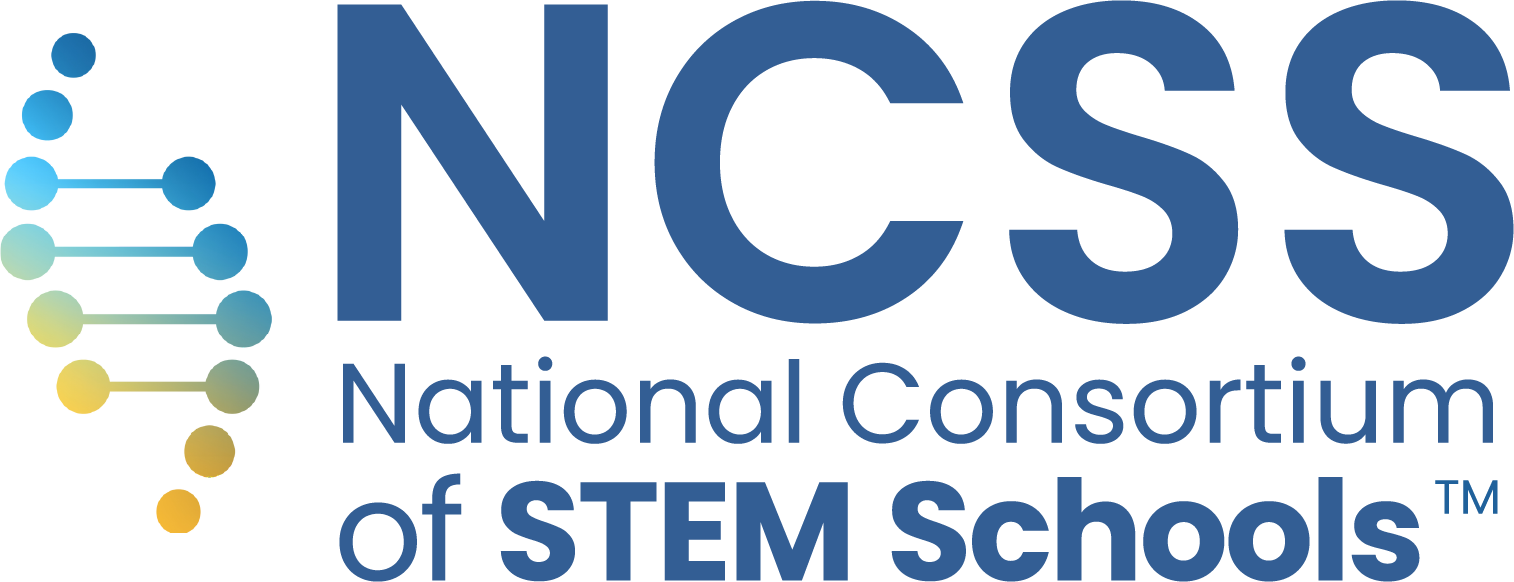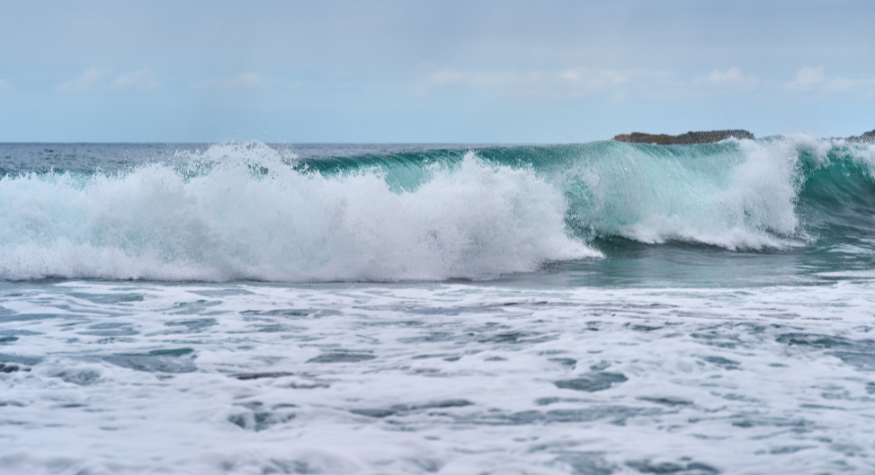By Caryn Turrel, CEM, Curriculum and Training Associate, National Energy Education Development Project (NEED)
How do you teach ocean energy in a way that aligns with standards, provides hands-on experiences, and is actually fun?
NEED has resources that can help you do just that!
The National Energy Education Development (NEED) Project is a nonprofit organization founded in 1980 with the mission to promote an energy-conscious and educated society by creating networks of students, educators, and business, government, and community leaders to design and deliver objective, multi-sided energy education programs. NEED has published more than 150 curriculum titles for grades K–career, focusing on six major areas:
- Energy forms and transformations
- Energy sources
- Electricity and magnetism
- Efficiency, conservation, and climate science
- Transportation
- Enrichment across content areas
This short session will feature content and one activity from Exploring Marine Hydrokinetics, part of our hydropower suite. Like all our curriculum resources, NEED’s MHK materials are available online in PDF format and are free to download for everyone, everywhere at www.need.org/shop.
Marine hydrokinetics (MHK) is an exciting frontier of energy innovation that seeks to harness the vast renewable energy available in the oceans, which cover nearly three-quarters of our planet. According to the U.S. Energy Information Administration, MHK technologies could provide up to 2,300 TWh of electricity — about half of what the U.S. used in 2019.
MHK technologies fall into four major categories:
- Tidal power is best suited to coastal areas with strong tidal currents and a gently sloping seabed.
- Current energy works similarly, though currents typically flow in one direction and are slower than tides.
- Wave energy is being explored through a variety of devices that capture the bobbing, rocking, and push-pull motion of waves.
- Ocean thermal energy conversion (OTEC) uses the temperature difference between warm surface water and cold deep water in tropical regions to generate electricity.
If that sounds like a lot — you’re right! But don’t worry. I promise to keep the passive part of this session short so you can dive into a hands-on activity: building a model wave generator. Working with a partner, you’ll construct a device from simple materials that actually generates electric current, measurable on a galvanometer. You’ll leave with a working model to take back to your classroom, where students can either replicate it or brainstorm ways to improve its output.
While our MHK curriculum is written primarily for high school, middle school teachers shouldn’t hesitate to use it to explore electricity, magnetism, and how generators work. The concepts are accessible, and the activity is adaptable.
Join me on Thursday, November 6 at 3 p.m. in Salon D for “Exploring Ocean Energy with Hands-on Engineering Lessons!” and dip your toe into marine hydrokinetic technology. You’ll leave with resources, ideas, and a model that makes ocean energy come alive in your classroom.


